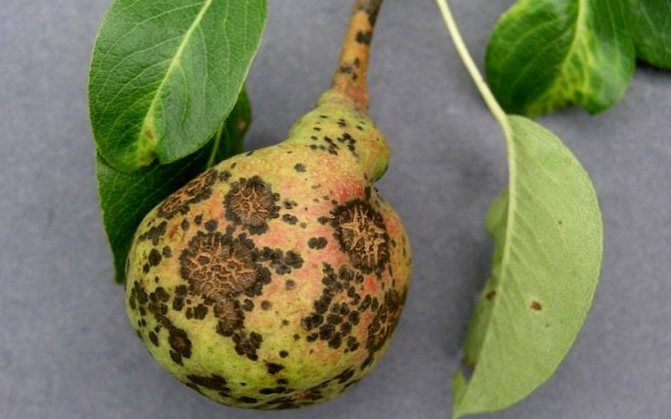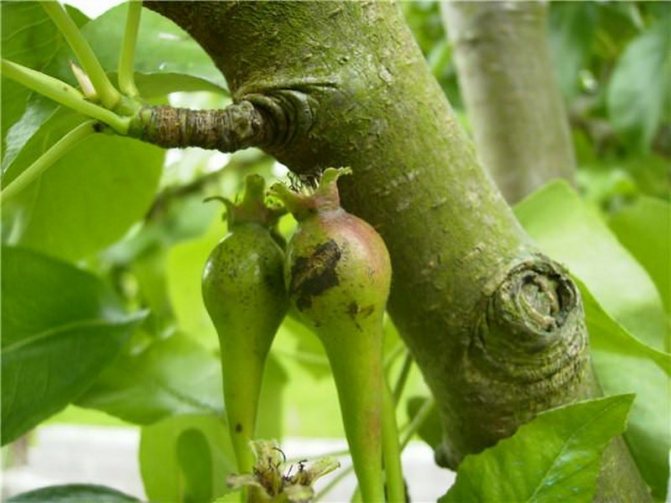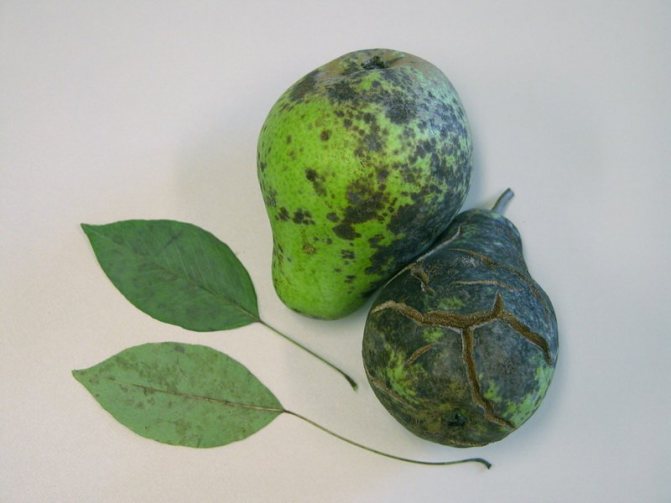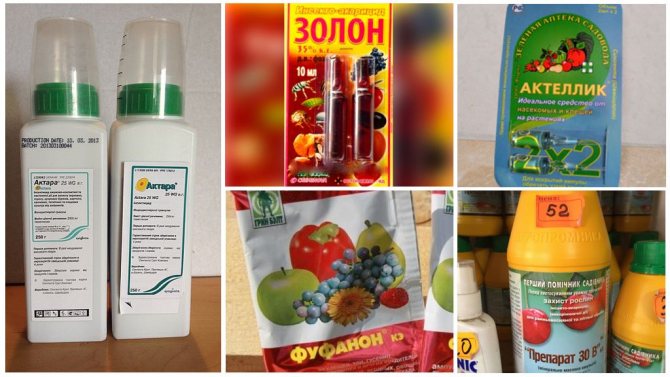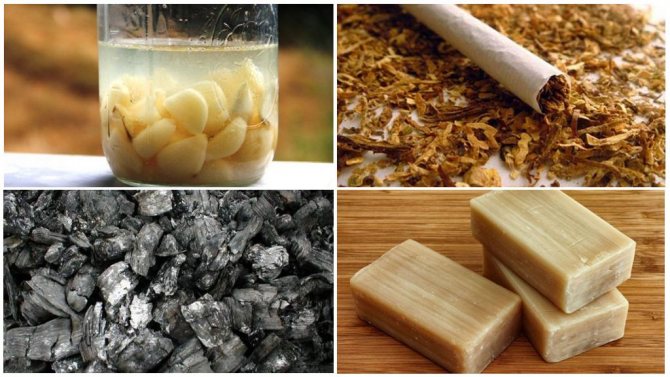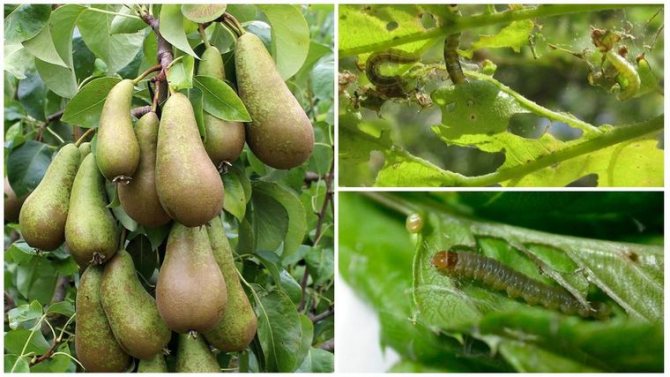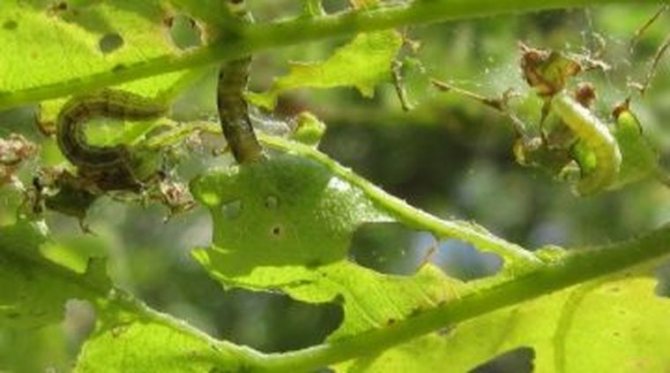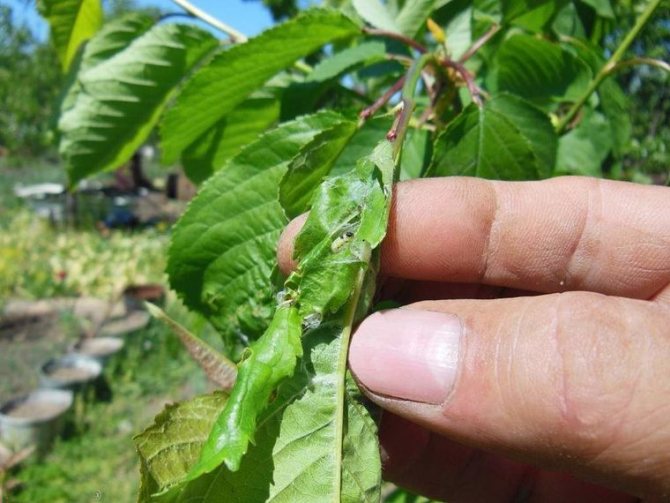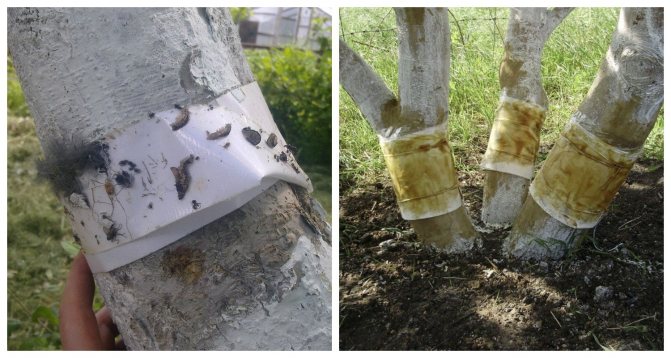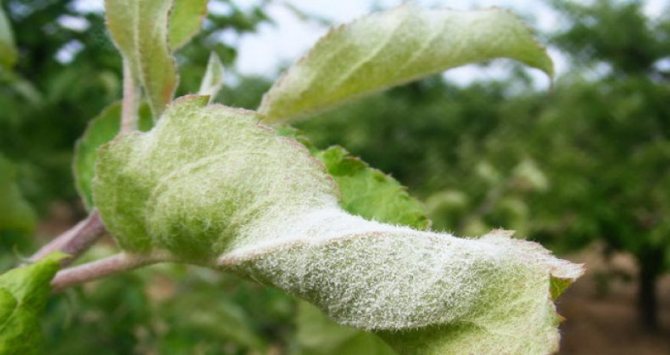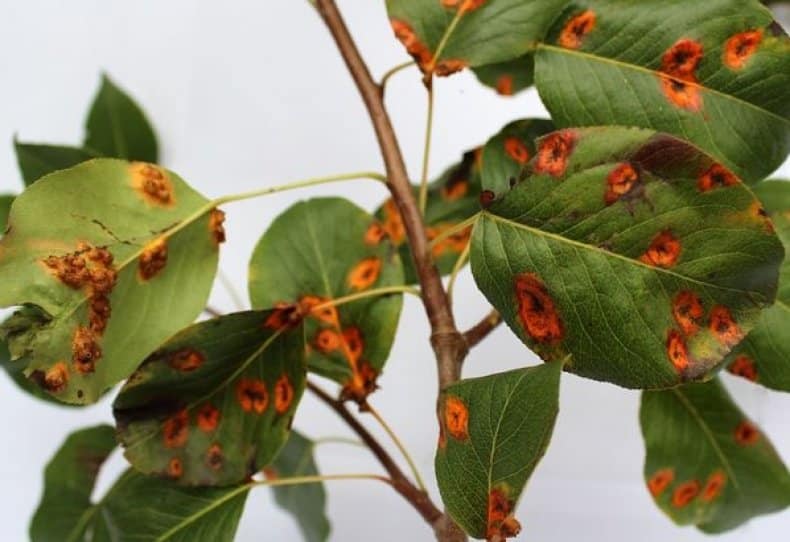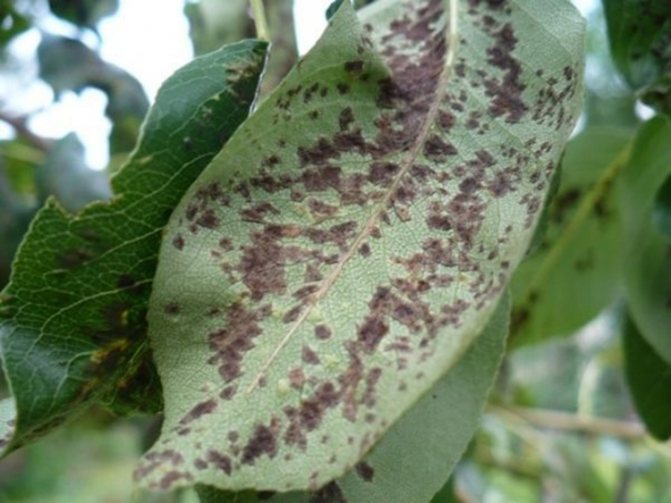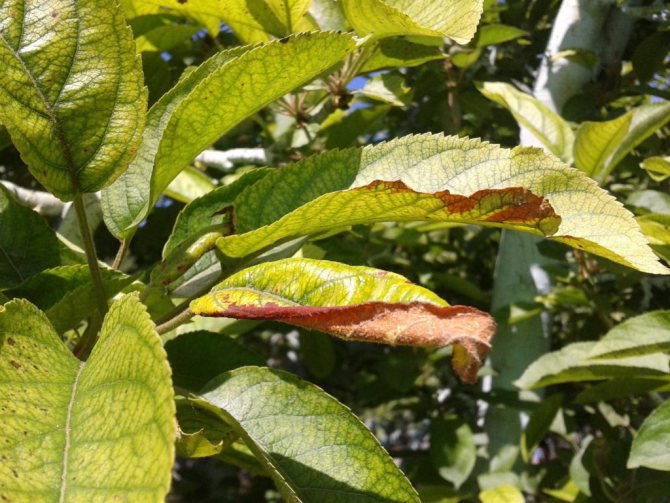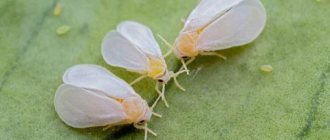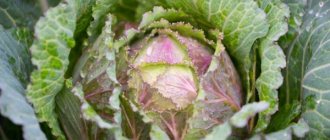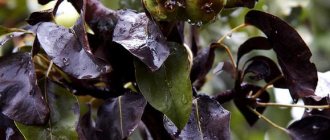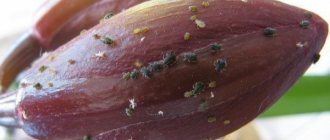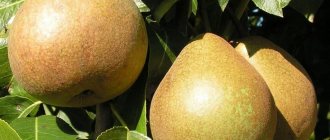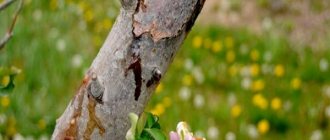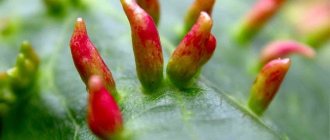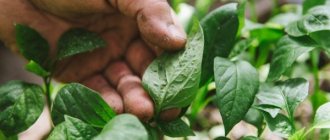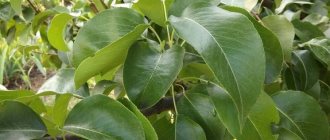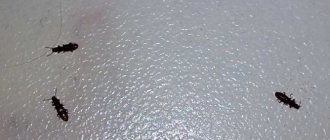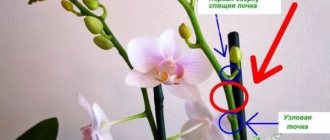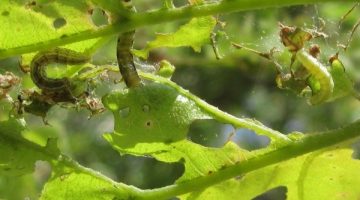
The leafworm butterfly leaves its cocoons in the bark of the tree for the winter. After a successful wintering, the caterpillars crawl out and start eating the pear. They start with young buds, then proceed to the leaves. A leaf roll on a pear does so much damage to the tree that it can be left completely without fruit, without leaves.
Over the summer, a butterfly can bring offspring several times, and it will grow and give its own. If caterpillar control is not carried out from early spring, then by the end of summer the number of pests will be similar to a locust infestation.
Description
Leaf rollers are a very large family of butterflies. There are more than 10 thousand varieties in it. In adulthood, the insect is similar to a moth or moth. The color of such a moth is varied, but always in light brown or gray tones. The wingspan of an adult does not exceed 2-3 centimeters.
A feature of such a moth is the ability to fold the wings horizontally on the back.
The plump body and wings of the insect are covered with down and a waxy coating of gray. The butterfly has a special pattern on the wings - in the center they are decorated with a wide white stripe. The caterpillar of the leafworm can grow up to two centimeters, it has 8 pairs of legs, and the body is without fibers and protection.
If you lightly touch it, then it jerks sharply and immediately falls, hanging on its own spider web. The color of the larva can be pinkish, off-yellow, or green, with a black or dark gray head. This larva is the main enemy of garden plantings. Eating the leaves, the caterpillar rolls them up or makes them look like a crumpled piece of paper.
The caterpillar's life cycle lasts almost all summer, sometimes starting in early spring. In the future, the life of the insect proceeds in the form of a butterfly.
These small creatures are able to completely exterminate all fruits, gnawing leaves and blossoming buds. Plants exhausted by pests lose their resistance to frost. At the same time, pests, without stopping, act from early spring until autumn.
With the beginning of flowering, they pounce on blossoming flowers and young buds, simultaneously entangling them with a spider web. The foliage is then attacked, in which the caterpillars cocoon from their web. Pupation occurs by mid-summer. The process ends in 14 days, new moths are born.
Over the summer, insects produce more than one generation of their own kind. Some varieties leave masonry on the trees for the next year. Others hibernate in trees, hiding cocoons in fallen leaves and under bark. Having multiplied to a huge number, insects are able to deprive gardeners of the entire crop.
Ways to protect fruit trees
Pear and apple trees are threatened not only by caterpillars that eat up shoots, but also by a special type of leaf rollers (moths). Pest butterflies lay eggs at night on the upper or lower side of the leaf. The larvae that emerge from these eggs actively eat the pulp of the fruit, so you can completely lose the crop.
Effective ways of fighting are:
- cleaning of the bark on the trunks of plants; - burning of fallen leaves; - whitewashing of trunks with a lime composition.
Some gardeners have noted the good effect of pesticides in killing insects. Applying "Fury", "Inta-vir", "Kinmix" and "Rovikurt", you can achieve a sustainable result.Experts recommend fighting the leaf roll using the whole range of measures.
Symptoms of the appearance of parasites on the pear
A characteristic symptom of the presence of a leafroller on a pear is the appearance of a sticky substance on the branches and trunk of the plant, flowing down. In addition, leaves twisted across become noticeable. Then they turn black, because inside them the larvae of the butterfly, their feces and old cocoons, from which a new generation of pests hatched, lurked.
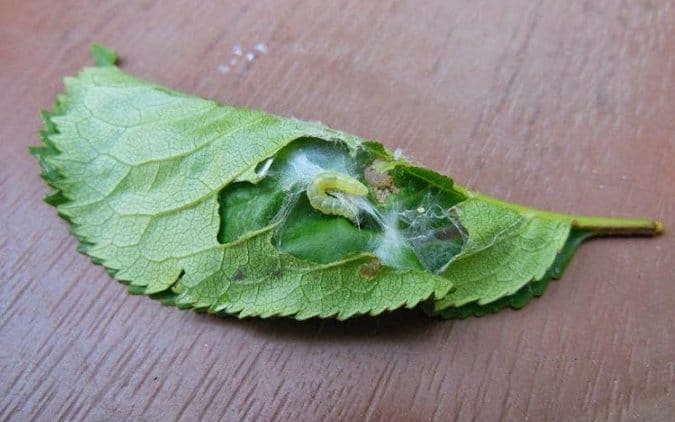

If the pests have reached the fruit, then very often they are affected by fruit rot.
The conclusion suggests itself: the whole plant suffers from the leaf roll on the pear, so the fight against insects must be started immediately. After all, the pest is able to destroy almost the entire crop and severely damage the foliage, if you do not take the necessary measures to protect the garden in time.
The leafworm migrates easily to many nearby fruit trees. In the event of an attack, the entire garden suffers. And all plants need protection, so a complete treatment of all garden plants is necessary.
Distribution of leaf rollers
Insects are widespread in the Non-Black Earth Zone. There is a leafworm on a pear and an apple tree. It has dark gray wings with a span of about 1 centimeter.
In the Moscow, Leningrad and Vladimir regions, the rose leafworm lives. A butterfly of this species has a golden or brownish yellow color. Wavy stripes and spots are located on the wings.
There is a pest of this species in almost every climatic zone. In our country, there are about 50 varieties of lithosphere.
How to deal with the enemy
It is very important to keep the enemy away from the garden trees. For this, it is necessary to carry out some preventive measures.
If the insects nevertheless made their way into the garden and settled on the pear, then you should know what steps to take to destroy the pest without harming the plant and the future harvest of fruits.
Preventive measures and methods of destruction
An important measure to prevent the appearance of caterpillars on the pear is spraying the trees.
For this, some preliminary preparation is carried out:
- clean the bark of pears from old fragments;
- the boles are treated with a lime solution with copper sulfate or a 2% solution of "Karbofos".
Protection against various damage to the bark caused by severe frosts or other causes is a necessary measure to protect against leafworm caterpillars.
Having prepared the trees in this way, they carry out chemical treatment of the plants. Be sure to have time to carry out the work before the start of the movement of the juice. But you will have to monitor the temperature so that the insect larvae wake up and begin to get out of deep shelters. A temperature barrier exceeding +10 becomes favorable. In this case, it is necessary to spray the entire garden so that insects cannot move to other plants. Processing is carried out using "Kinmix".
For the purpose of prevention, several sprays of fruit trees are carried out.
The next treatment is carried out immediately before the beginning of budding, and then after flowering. For this, drugs are good: "Landing", "Zolon", as well as some others.
During the formation of ovaries and ripening of pears, you can also use "Tsitkor", "Iskra" or "Karbofos".
With the onset of autumn, they prepare for the winter period, protecting the soil and plants from larvae, which are trying to hide there from the coming cold weather. For this:
- remove old leaves and litter;
- loosening the soil around the pear;
- the trunk and the earth are treated with a solution of copper sulfate or Bordeaux liquid;
- cover the trunk circle with mulch.
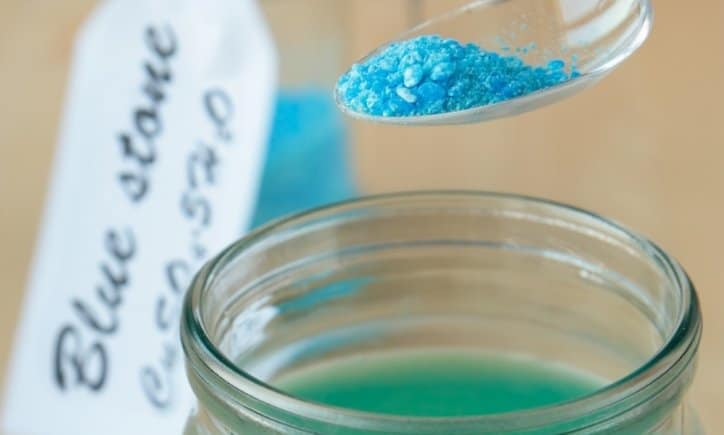

Using chemicals is the easiest way to protect plants from the leafworm. But this method is the most aggressive.
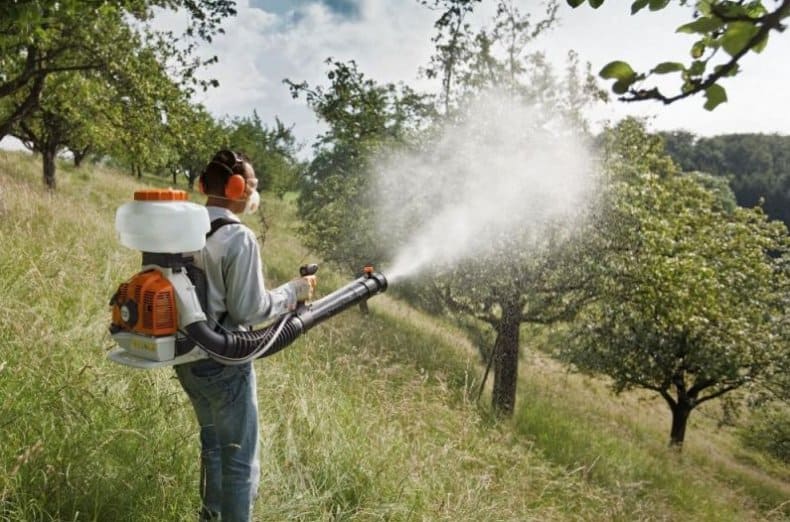

When resorting to the services of insecticides, you should know:
- poison, falling on pears, settles on them, and then penetrates into our body;
- the use of one drug leads to the rapid addiction of insects to it. Therefore, you should use different means all the time, alternating and changing them.
Considering the possible risks, experienced gardeners advise using chemistry only in case of emergency, when the permissible threshold for insect reproduction is violated - there are more than five larvae on each branch!
Increasingly, in agricultural technology, biologically active agents are used to combat plant pests. Most often, gardeners use Fitoverm, Bitoxibacillin. Of the peritroids that have proven themselves in the fight against the leaf roll, Fastak and some others are used.
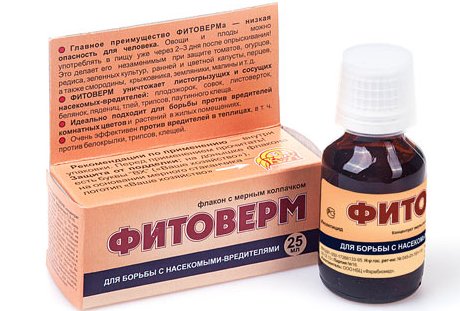

Sensei, Kungfu, Lambdex are also often used. But when using them, it should be borne in mind that peritroids at high temperatures exceeding 25 degrees, greatly lose their effectiveness. Moreover, they can contribute to the reproduction of the tick population.
Folk remedies
Many gardeners try to use more gentle caterpillar protection on fruit trees without resorting to harsh chemicals.
There are a lot of such recipes.
Tincture of tobacco:
- Half a kilo of tobacco dust is insisted for a day in a bucket, flooded with boiling water.
- Then the infusion is filtered and diluted in half with water.
- For better adhesion, liquid soap is added to the water, diluting 50 grams in a bucket.
It should be used with caution, avoiding contact with the tobacco solution on the mucous membrane, as it is very toxic.
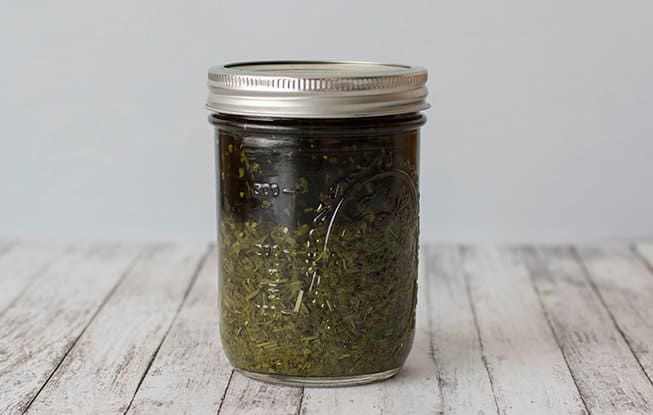

Wormwood tincture:
- A kilogram of dried wormwood is infused for 48 hours in 10 liters of water.
- Then the potion is boiled for half an hour.
- The liquid is brought to the same volume.
- Before use, reduce the concentration by half.
Potato tops:
- Pour dry, chopped tops (four kilograms per bucket) with warm water and leave for five hours. You can take fresh, but twice as much.
- The solution is filtered and soap or shampoo is added to it for adhesion.
Tomato tops
The infusion is prepared as follows:
- Fresh tops along with the roots are crushed and insisted in a bucket of water for four hours.
- The infusion is boiled for half an hour, then filtered.
- Dilute 50% with water and add a soap solution.
All these remedies are effective before budding and during the formation of ovaries on the pear.
You can also use leafworm moth baits, which are made from sweet syrups. To do this, the container is poured into a quarter with a sweet solution and the bait is hung on a tree, not lower than one and a half meters. With the arrival of the morning, the bait is removed.
Pest life cycle
The pear leaf roll settles on branches and leaves of a tree. At the same time, aphids multiply in a short time, completely covering the entire occupied area. The main sign by which gardeners determine the presence of aphids on a crop is a large amount of a sticky viscous liquid that runs down the branches and trunk of the pear. As for the leaves, they curl under the influence of the pest.
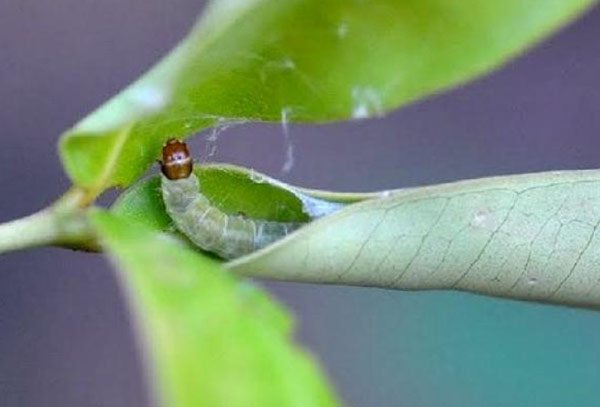

Inside such a roll, a leaf roll lays eggs. They feel comfortable there: they are protected from direct sunlight, wind and rain.
We suggest that you familiarize yourself with How to deal with mice in the country and at the site
It is best to start processing at the budding stage. Early spring is the ideal time to protect the plant from pests. After all, warming is equally well perceived by both trees and harmful insects. Therefore, for the first time, the culture should be processed until the moments of flowering. Many gardeners fell in love with "Preparation 30".
Its main advantage is that it is aimed at exterminating insects, which have been waiting for the opportunity to choose and eat a pear tree all winter. There are a large number of formulations that can be used later.
How not to get lost among so many offers and choose a truly working solution? Over the years, drugs such as Atom, Desant, Zolon, Terradim, Binom have proven themselves well.
However, you need to prepare the mixture for processing carefully. Only 1 milligram of active ingredient is needed per liter of water. It is this concentration of the drug that will not be able to harm the buds that are forming, but, at the same time, it will allow you to get rid of insects.
If you did not consider it necessary to carry out preventive treatment, then later you will need stronger solutions. Among them are very popular: "Lepidotsid", "Fitoverm", "Bitoxibacillin". Many gardeners recommend the use of substances belonging to the pyrethroid group during this period, such as: "Fastak", "Accor," Tsi-Alpha "," Ivanhoe ".
However, it should be borne in mind that these drugs will show the maximum result only if the air temperature approaches ten degrees. "Why?" - you ask. The fact is that at low temperatures, all larvae hide under the bark of a tree. Therefore, the drug will not even touch them, figuratively speaking. At elevated temperatures (starting from twenty degrees), solutions are also ineffective.
We have already said that preventive measures are very important for the preservation of the crop and the plant as a whole. After all, late processing does not bring the same results as early. In addition, the pest will have time to cause irreparable damage to crops and fruits.
If you use strong solutions, beneficial insects will die. Other garden pests will immediately take advantage of this. It is best to treat the tree in a complex manner during the growing season, i.e. immediately against pests of different ages. Remember to observe the intervals. Take breaks between treatments at least a week.
First of all, it is recommended to whitewash the pear tree.
Secondly, you can make a special bait. It's easy to do it yourself. Take unnecessary cans or plastic bottles. Pour fermented compote or kvass there. The bait is hung under the tree. It is advisable to strengthen it in the evening. Look, the next morning there will be many leaf roll butterflies trapped in the trap. Remove the bait during the day so that beneficial insects do not suffer.
Another proven folk remedy is the "trapping belt". Wrap burlap around the trunk of the pear and leave it there until harvest time. Then burn the "belt". Some gardeners use corrugated paper instead of burlap.
It is worth trying the tobacco tincture. Apply the product to the pear before flowering. If there is no tobacco, use potato tops or wormwood. A processed pear trunk will scare away unwanted guests. It is recommended to repeat spraying with infusion after flowering.
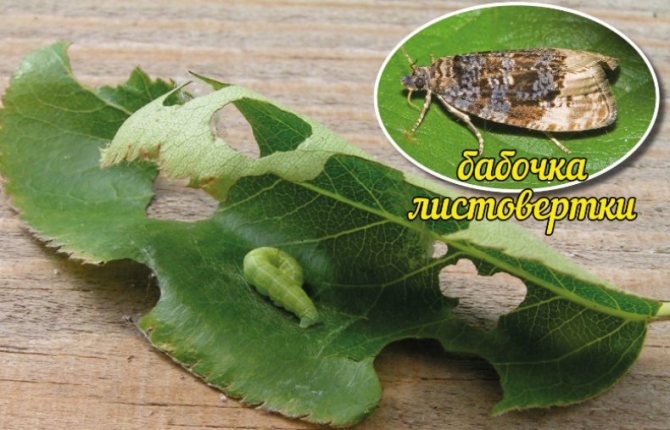

A well-known remedy for all is manual collection. Remove curled leaves on the tree. Manual picking is especially effective if the pest has just appeared and has not yet spread quickly. Thanks to manual harvesting, you can completely rid the pear tree of the leaf roll. There is another method against caterpillars - to spread oilcloth under the pear and shake the pests on it. Don't forget to destroy the caterpillars later.
In the fall, be sure to collect all the fallen leaves and burn them.
Here are some basic tips on how to handle a pear from a leaf roller. We hope our advice will help you in solving the problems associated with the appearance of the pest.
Caterpillars gnaw the leaves (leaving only veins) and roll them up in the form of a tube. They form a cocoon with their web. Pupate in mid-summer (usually early July). Two weeks later, adult insects appear. Pests can give several generations in one season.
Butterflies of some species (hawthorn, rose and frost) manage to lay eggs on the trunk and leaves of a pear for the next year during the summer. Caterpillars of other leaf rollers are able to survive wintering. They leave their cocoons in cracks in the bark of a tree or directly on branches.
Insects come out of hibernation in early spring and penetrate the pear buds, completely eating them out from the inside. As a result, some of the young shoots of the tree die.
If signs of damage to plants by a leafworm were not immediately detected, it is worth focusing on active measures to combat insects. Young caterpillars are destroyed with the help of such biological products: "Lepidocida", "Bitoxibacillin" and "Fitoverma". The recommended air temperature for work must be at least 10 degrees. Experts recommend using pyrethroids. The most famous of them are "Ivanhoe", "Accor", "Tsi-Alpha", "Fastak" and others.
In the summer, the fight against the leaf roll on pears is less effective. In addition, the use of potent drugs can kill beneficial insects. Therefore, leafworm butterflies are caught with bait. To do this, at night, at a short distance from the ground, they hang containers with fermenting liquid.
How to spray a pear from a leaf roller? Trees are treated with a special compound in early spring, when the air temperature is not lower than plus 4 degrees. Usually gardeners use a 0.3% solution of karbofos for this. Re-processing is carried out after the flowering of the pear. The drug "Prophylactin" is also used. It is necessary to dilute half a liter of liquid in 10 liters of clean water. Consumption of the composition should not exceed 5 liters per tree.
If a small number of pests are found on the plant, the insects can be harvested by hand. You need to be as careful as possible and try to destroy all the caterpillars.
With the arrival of spring, even before the juice begins to move, pruning is carried out, all cut branches are taken out of the garden and burned. The bark is cleaned of dead fragments, and the trunk is whitewashed or limed, the crown is treated with a solution of copper sulfate or 2% Karbofos. The first time spraying is carried out when the temperature on the thermometer rises to 10 degrees. The second time, preventive treatment is carried out after flowering.
Important! Adults feed on plant pollen, so you need to get rid of weeds regularly.
We suggest that you familiarize yourself with Is it possible to lay a laminate on a warm water floor
In the fall, after the harvest has already been harvested, the soil in the near-trunk circle is loosened. All leaves and fallen fruits are collected and burned, the trunk and crown are treated with Bordeaux liquid or copper sulfate. You also need to provide the tree with proper care, since the invasion of pests is mainly affected by sick or weak specimens.
Traditional methods are quite effective and will not harm plants and crops. Unlike drugs, they can be used during the entire growing season. After all, it is not in vain that they have been used for more than a dozen years.
- Pests can be collected by hand, but this can only be done with a small number of insects. You can also spread the cloth and shake the tree, then destroy the fallen caterpillars.
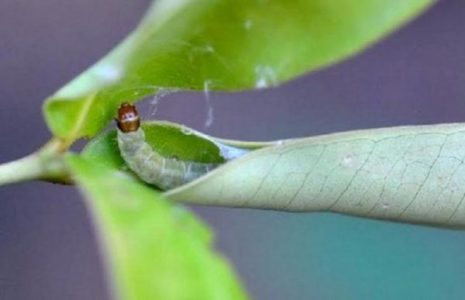

- This method requires wood ash, laundry soap, and water. A solution is prepared from these components and the tree is treated with it. The procedure can be carried out during any growing season. The break between treatments should be at least 10 days.
- Another recipe for the main ingredient, which is wood ash, will help get rid of the leaf roll. To do this, the ash is dissolved in hot water and the resulting solution is poured over the soil in the near-trunk circle. At the same time, the tree sap becomes bitter and repels pests.
- An infusion of potato or tomato tops can help in the fight, they are treated with planting before flowering. The trees are sprayed a second time before flowering ends. You can also use an infusion of wormwood or tobacco.
- Some gardeners make a trapping belt from burlap, they completely wrap the tree trunk with it, and remove it after harvesting. Once removed, it must be destroyed.
- You can build moth traps, you will need any cans or cut bottles to make them. At night, containers are hung under a tree and filled with fermented compote, juice or kvass. In the morning, you can collect "loot", and it is recommended to repeat the procedure several times.
- The aroma of cinnamon mixed with red and black pepper will scare away moths, and if it hits the caterpillars, it will cause them great discomfort.
- Salt, soda and tar soap should be diluted in water and treated with the crown. When it hits the foliage, it envelops them with a film, which makes it difficult for the caterpillars to feed. Also, the solution has a positive effect on foliage, promotes its recovery and is an excellent prevention of diseases.
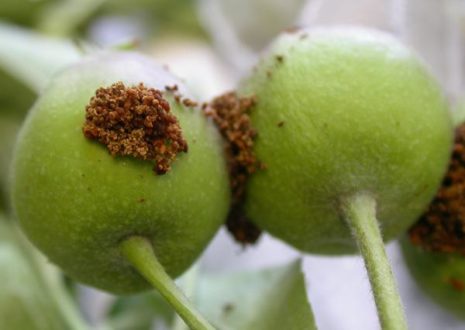

It should be remembered that with a huge number of insects on the tree, folk methods are almost useless. You can use several folk wisdom at the same time.
On the modern market there are a huge number of different preparations for the destruction of pests. At the stage of budding after a long winter, not only trees wake up, but also pests that survived the winter. Experienced gardeners for the first treatment recommend using "Preparation 30" or products with a similar composition. They do an excellent job of killing overwintered insects. Then you can use "Zolon", "Landing" or "Terradim".
Prophylaxis
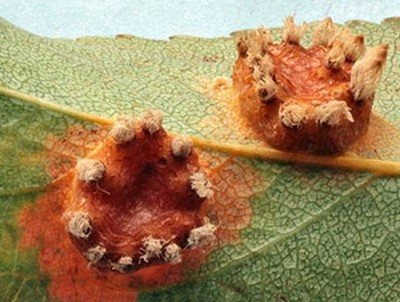

The most important point in protecting wood from rust is placing pear seedlings as far as possible from any coniferous plantings.
If this is not possible, then the pear is separated from them using a tall hedge or a special screen.
Always on time pruning and feeding pears... Remove fallen leaves, cultivate the soil around the tree.
Preventive spraying is carried out with 1% Bordeaux liquid or any copper-containing preparation at least 3 times per season.
First processing carried out until the first leaves appear, second - after flowering and, after 12-14 days - third... If the pear is not resistant to scab and is regularly treated against this disease, then additional spraying against rust is not carried out.
When the first signs of rust appear on the juniper growing nearby, it is also carefully processed and all damaged branches are cut off.
Brown spot - pear leaf disease (with photo)
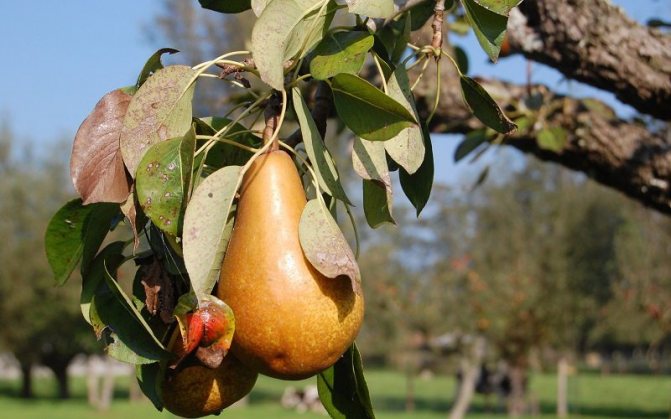

The causative agent of this pear disease is the mushroom Phyllosticta pinna Sacc... With a pear leaf disease such as brown spot, brown, rounded or irregularly shaped spots appear, which often merge with each other. Symptoms of leaf damage with brown spotting during the period of growth of spots and their browning resembles burns.
Look at the manifestation of this pear disease in the photo, where the main symptoms are presented:
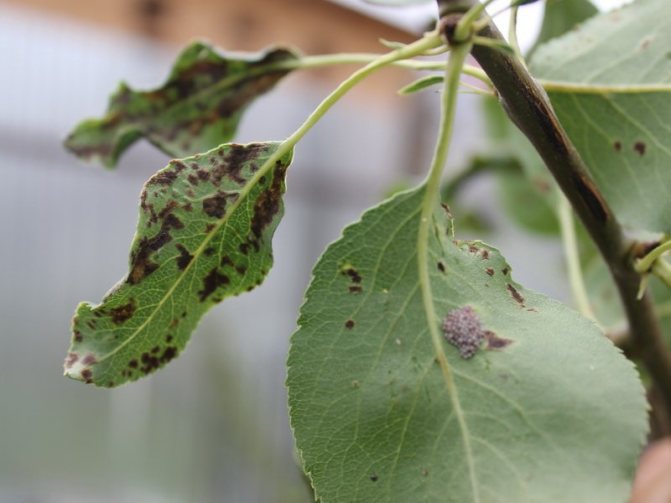

In the necrotic tissue, small dotted brown fruit bodies of the hibernating stage are formed over time. The leaves turn yellow and fall off prematurely, which affects the maturation of the wood of the shoots and their frost resistance. The infection persists in the affected fallen leaves.
See how the pear leaf disease manifests itself in the photo illustrating the symptoms:
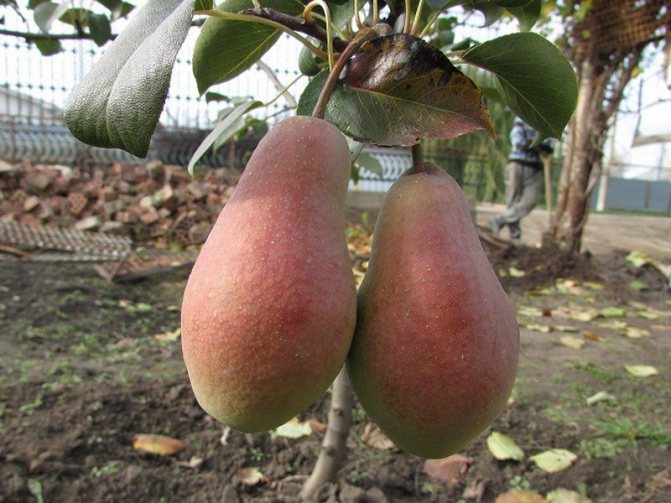

Control measures. Spraying trees in the spring before flowering and immediately after its completion with 1% Bordeaux mixture or its substitutes (HOM, Abiga-Peak), collecting and removing fallen leaves.
Gray rot - a disease of the fruit of the pear tree
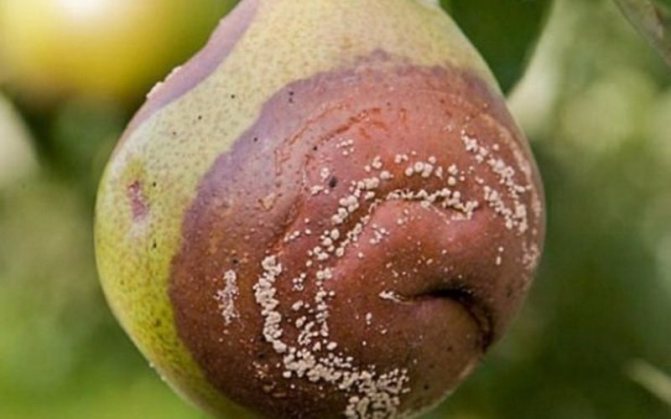

The causative agent of pear tree disease is a mushroom Botrytis cinerea Pers. Such a disease of pear fruits as gray rot, manifests itself in the form of large brown spots without edging on the leaves, and in years with cold and rainy summers - and on fruits that turn brown and dry out. With an abundance of precipitation on necrotic tissues, abundant smoky-gray sporulation of the fungus develops.Over time, the mycelium dries up and multiplied small rounded fruit bodies are formed in it - black sclerotia. In dry weather, the spots on the leaves crack and fall out, and the fruits turn brown and dry. The infection persists by fruiting bodies on fallen leaves and fruits and mycelium in the bark of the shoots.
Control measures. The use of healthy planting material, compliance with all agrotechnical requirements for growing crops, collecting and destroying plant residues, thinning thickened plantings, spraying trees with a preparation of scor or rayok.

